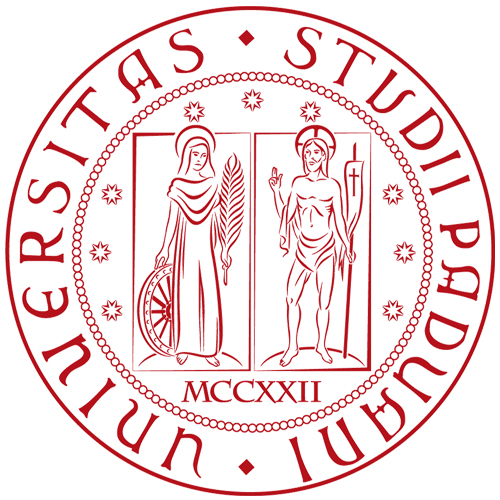PHRC065 : Dedication to King Seleukos I, Thyateira - Lydia (c. 281/0 BC) Dedication
Permanent ID: http://s.phrc.it/phrc065
Text constituted from: Contoléon 1891, p. 297, no. 1.
Other editions: Contoléon's text is reproduced in OGIS 211 and TAM V.2, 901.
See also: Launey 1950, p. 949; J. and L. Robert 1954, p. 289; Cohen 1995, p. 238-242 (on Thyateira).
Images:
Further bibliography: on Seleucid settlements in Asia Minor, see Cohen 1991; Capdetrey 2007, 158-161. On dedications made to Seleucid kings by agents other than civic institutions, see Lorenzon 2020.
Online record: PHI
This dedication was made by Macedonian soldiers and their commanders in Thyateira. The king is mentioned in the dative, thus he is the direct recipient of the ritual – a position equating him to traditional gods. This is the only known dedication made by a group of soldiers to a Seleucid king, whereas similar documents are abundantly attested in the Ptolemaic kingdom (cf. SB I 1104, from Hierakonpolis, Upper Egypt; PHRC 001 from Ephesos; see Fischer-Bovet 2020). This uniqueness may depend on the close link between the Seleucid army, the settlement of Thyateira, and Seleukos I. The city was known in antiquity to be a Macedonian colony (katoikia) founded by this king (Steph. Byz., s.v. Thyateira; Strabo 13.4.4; see Cohen 1995, p. 238; on Macedonian settlements in inner Asia Minor, see Cohen 1991; Capdetrey 2007, 158-161).
The agents have underlined two characteristics of great importance to them: the fact that they belong to the army and to the Macedonian settlers of Thyateira. This made them the elite of the local community. The dedication must have been accomplished after Seleukos’ conquest of Lydia in the war against Lysimachos (281 BC), which was followed by the foundation of the colony. However, given the lack of any paleographical information about the text, a later chronology cannot be excluded: Seleukos could have been honoured as the founder of the katoikia at any date (see P.Dura 25, a papyrus dated 180 AD still mentioning a priest of King Seleukos Nikator in Dura Europos; cf. Chankowski 2010, 31-32 on the survival of Seleucid cults after the end of the dynasty). In the case of our dedication, however, the focus placed on the Macedonian and military identity of the agents suggest an early date close to the foundation of Thyateira as a Seleucid settlement: during the last year of Seleukos’ reign (281 BC) or under his son and successor Antiochos I.
Almost nothing is known about the material aspects of the dedication, but some details can be inferred from the text and by comparison with other short dedications for early Hellenistic sovereigns (Caneva 2020a). The inconsistent treatment of line endings differs from the known specimens of high-quality dedicatory inscriptions from the period. These generally avoid separating words across lines and display an accurate layout to draw attention to the various sections of the text (see, e.g., PHRC 055, dedication to Ptolemy II and Berenike II from Kanopos). The impression that this inscription was not of high quality is confirmed by a mistake of the stonecutter who omitted the final iota of Seleukos’ name. As regards the support, the most plausible hypotheses are that the dedication was directly inscribed on an altar or on a plaque attached to it.



